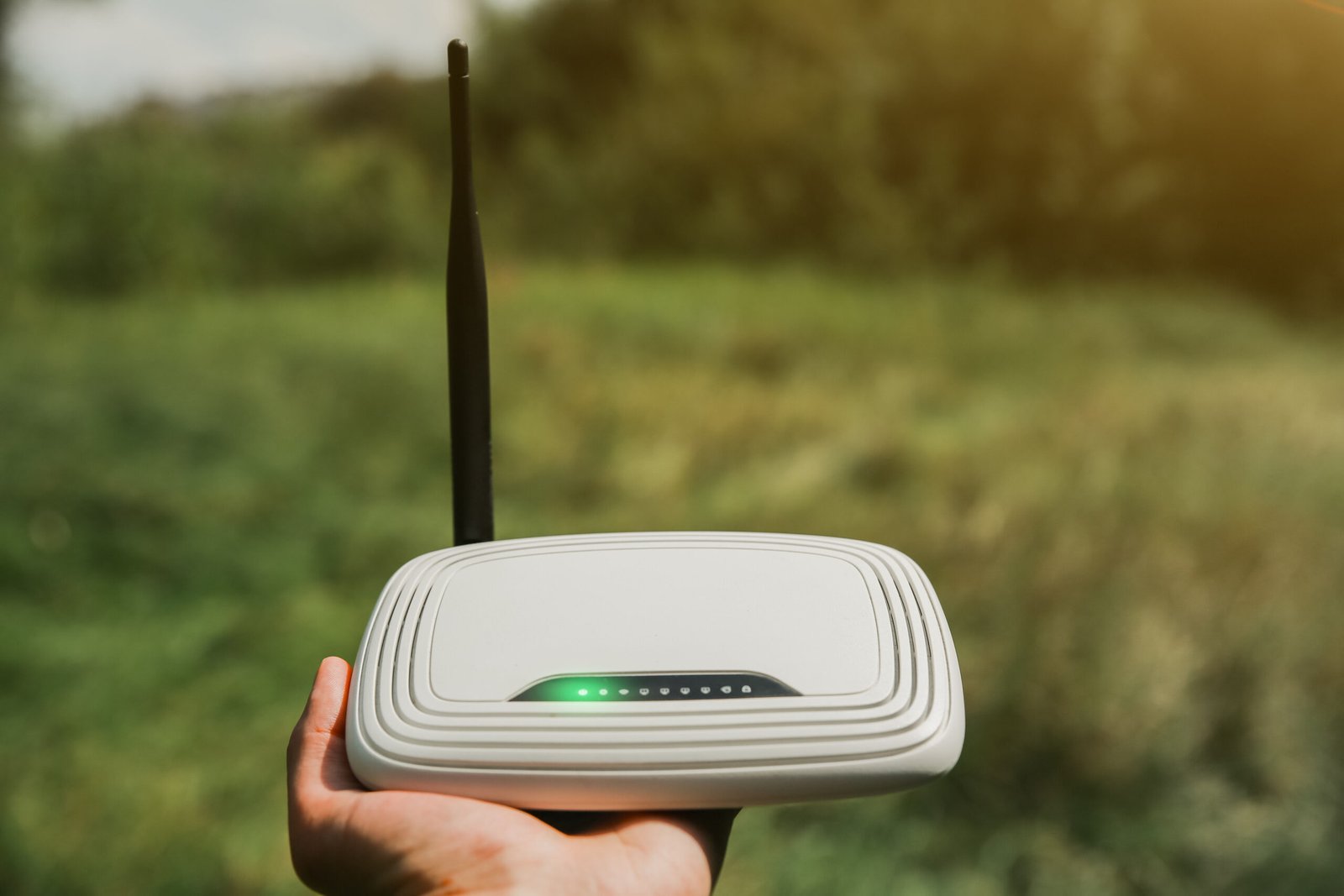In today’s tech-driven world, Customer Premises Equipment (CPE)—such as modems, routers, set-top boxes, and other network devices—plays a crucial role in connectivity. However, with rapid technological advancements comes a growing pile of outdated or defective CPE. Improper disposal of these devices can lead to severe environmental harm, including toxic waste leakage and e-waste pollution.
To combat this, governments and regulatory bodies worldwide have established strict environmental regulations for CPE disposal and recycling. Businesses that fail to comply risk hefty fines, legal repercussions, and reputational damage.
This article breaks down the key regulations, best practices for compliance, and how businesses can adopt sustainable CPE disposal strategies—while keeping you engaged with actionable insights.
Why Proper CPE Disposal & Recycling Matters
Electronic waste (e-waste) is one of the fastest-growing waste streams globally. CPE devices often contain hazardous materials like:
- Lead (in solder)
- Mercury (in switches and relays)
- Cadmium (in batteries)
- Brominated flame retardants (in plastic casings)
When dumped in landfills, these toxins seep into soil and water, posing health risks to humans and wildlife. Recycling CPE not only mitigates environmental damage but also:
✔ Recovers valuable metals (gold, silver, copper) for reuse
✔ Reduces carbon footprint by minimizing raw material extraction
✔ Ensures compliance with evolving e-waste laws
Key Environmental Regulations for CPE Disposal & Recycling
1. Waste Electrical and Electronic Equipment (WEEE) Directive (EU)
The WEEE Directive mandates proper collection, recycling, and recovery of e-waste across the European Union. Key requirements include:
- Producer responsibility: Manufacturers must fund CPE recycling programs.
- Consumer take-back schemes: Retailers must accept old devices when selling new ones.
- Recycling targets: At least 65% of CPE weight must be recycled.
Non-compliance can result in fines up to €500,000 or more, depending on the violation.
2. Restriction of Hazardous Substances (RoHS) Directive (EU & Global Impact)
RoHS restricts the use of 10 hazardous substances in electronic products, including CPE. Businesses must ensure their devices are RoHS-compliant before disposal.
3. U.S. Environmental Protection Agency (EPA) Regulations
The EPA’s Responsible Appliance Disposal (RAD) Program encourages proper e-waste handling, though federal e-waste laws are less stringent than the EU’s. However, states like California (SB 20), New York (Electronic Equipment Recycling & Reuse Act), and Washington (E-Cycle Washington) have strict CPE recycling mandates.
4. E-Waste (Management) Rules (India)
India’s 2016 E-Waste Rules require:
- Extended Producer Responsibility (EPR): Manufacturers must collect and recycle 30-70% of their e-waste based on production volume.
- Authorized recyclers only: Illegal dumping can lead to penalties of ₹100,000+ and imprisonment.
5. China’s Administrative Measures on Recycling of Waste Electrical & Electronic Products
China enforces strict e-waste recycling through:
- Government-supervised recycling centers
- Financial incentives for compliant businesses
- Blacklisting for violators
Best Practices for CPE Disposal & Recycling Compliance
1. Partner with Certified E-Waste Recyclers
Not all recyclers follow ethical practices. Look for certifications like:
- R2 (Responsible Recycling)
- e-Stewards
- WEEELABEX (for EU compliance)
2. Implement a Take-Back Program
Encourage customers to return old CPE by offering:
- Discounts on new devices
- Free shipping labels
- Convenient drop-off locations
3. Conduct Employee Training
Ensure staff knows:
✅ How to identify recyclable CPE
✅ Proper handling of hazardous components
✅ Documentation requirements for compliance
4. Maintain Detailed Records
Regulators may audit your disposal processes. Keep logs of:
- CPE collected & recycled
- Certificates from recyclers
- Proof of compliance with local laws
5. Explore Refurbishment & Resale
Many CPE devices can be refurbished and resold, reducing e-waste and generating revenue.
The Future of CPE Recycling: Trends to Watch
- AI-powered sorting systems for faster e-waste processing
- Blockchain-based tracking to ensure ethical recycling
- Stricter global regulations as e-waste volumes rise
Final Thoughts
Ignoring environmental regulations for CPE disposal and recycling isn’t just risky—it’s irresponsible. By adopting compliant, sustainable practices, businesses can protect the planet, avoid penalties, and enhance their brand reputation.
Need help navigating CPE recycling laws? Consult an e-waste management expert to ensure full compliance.
